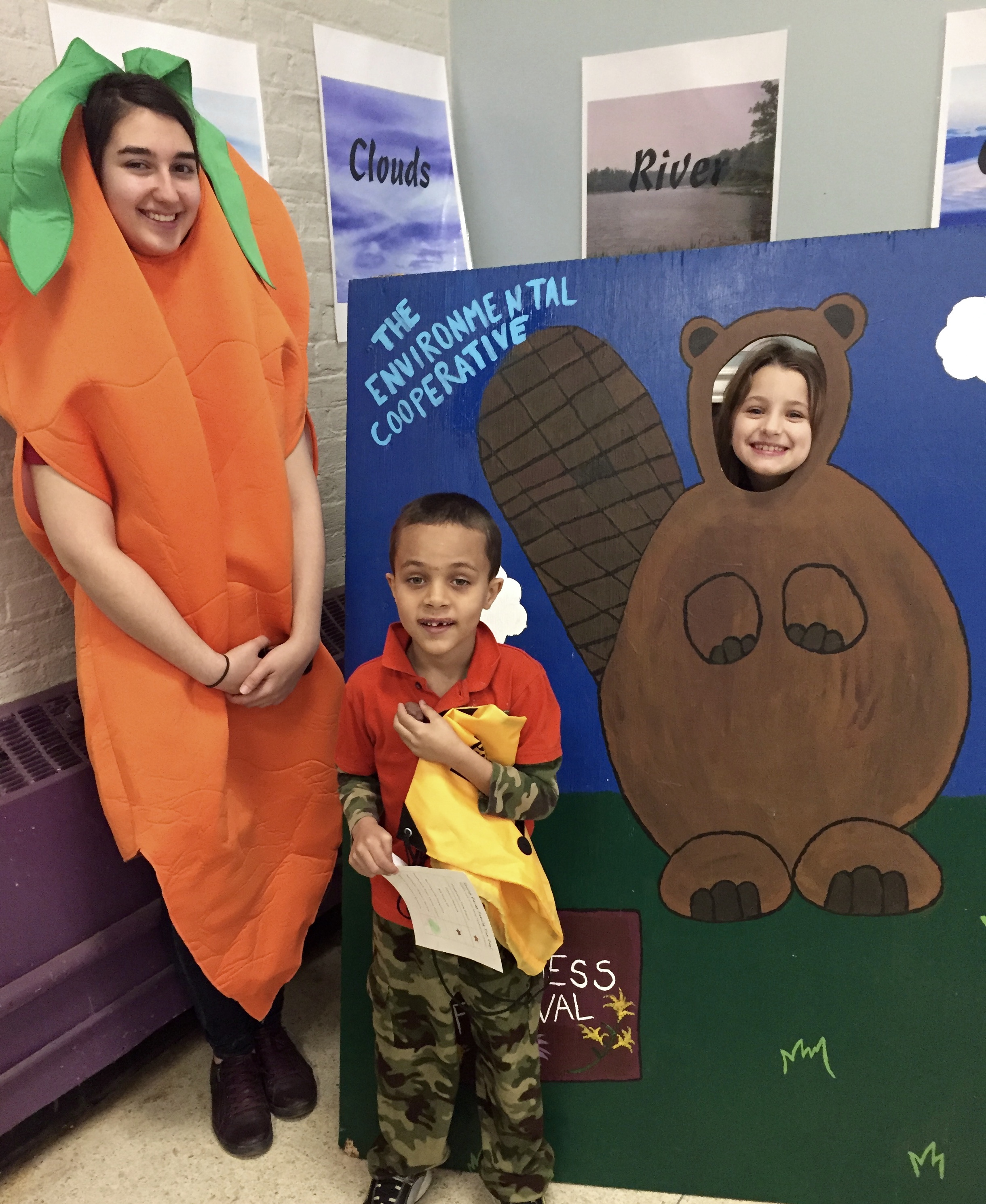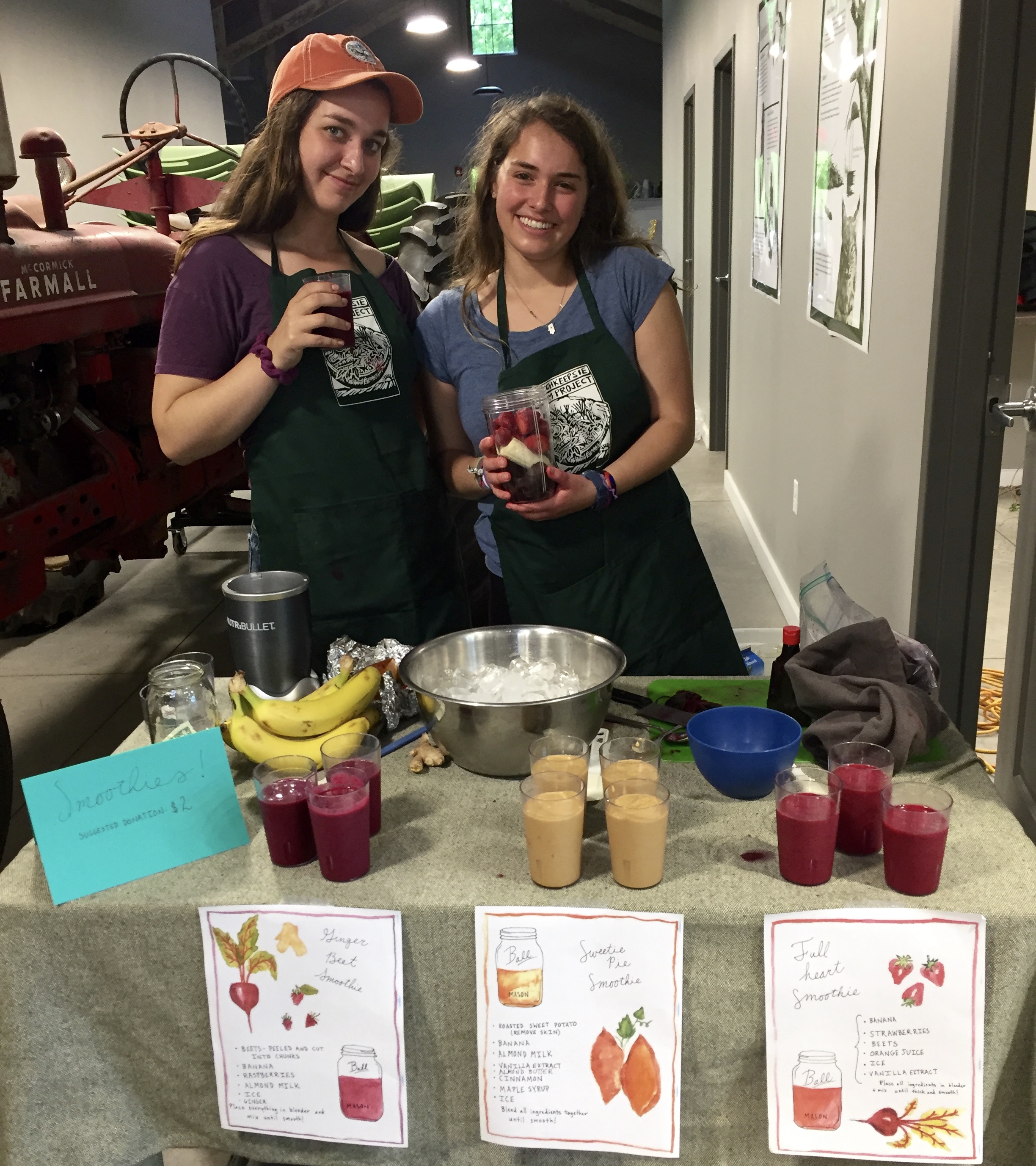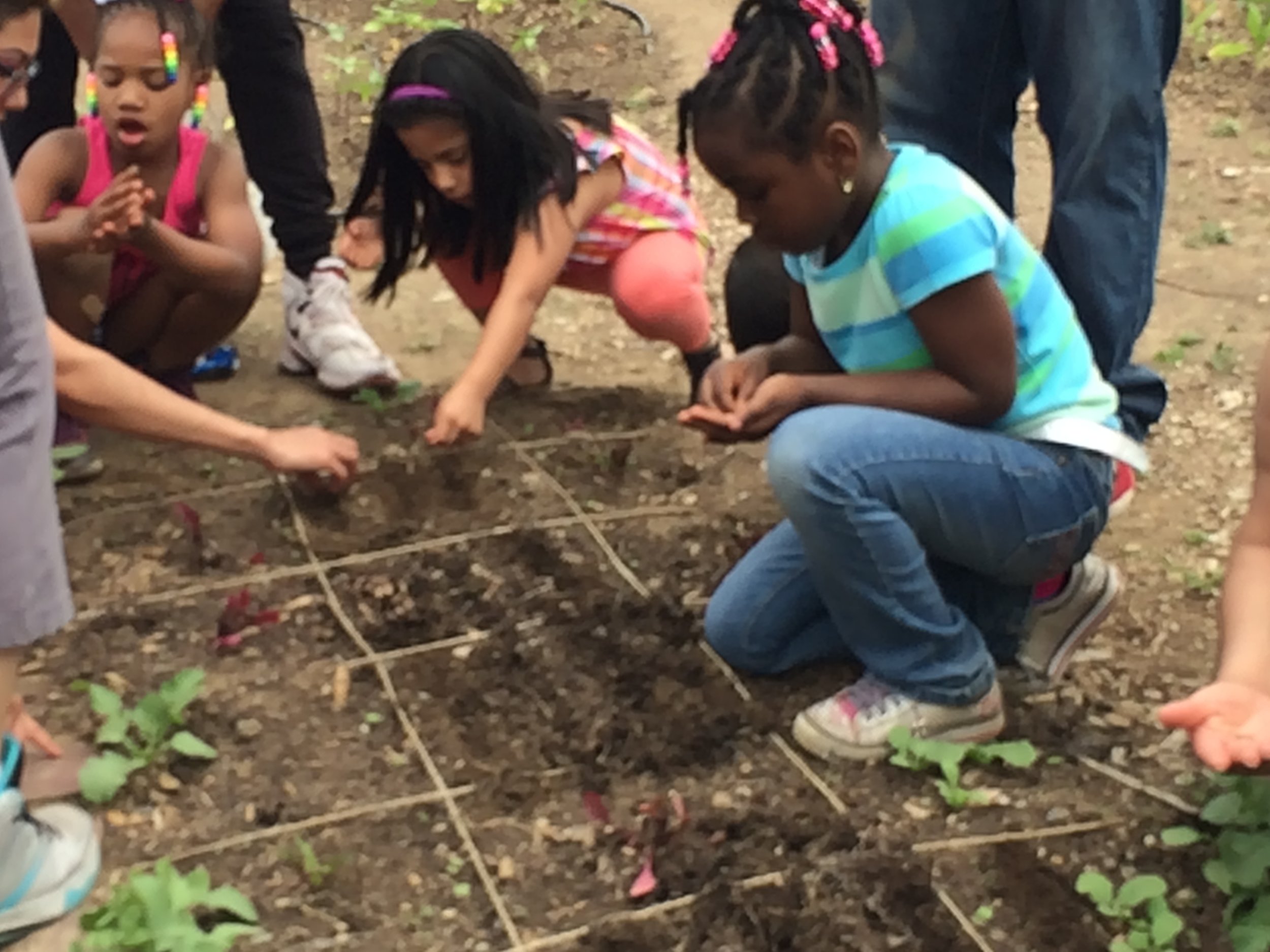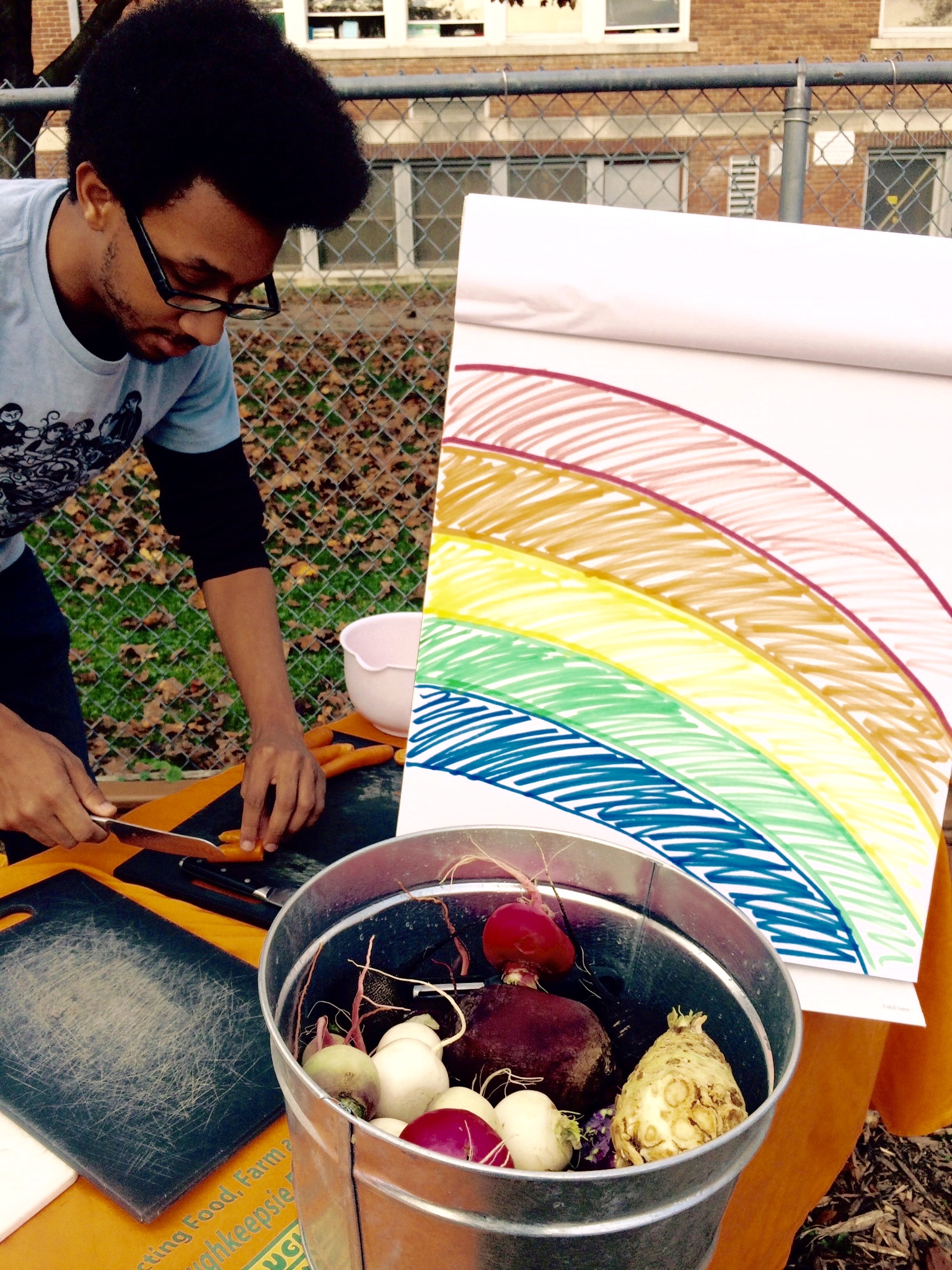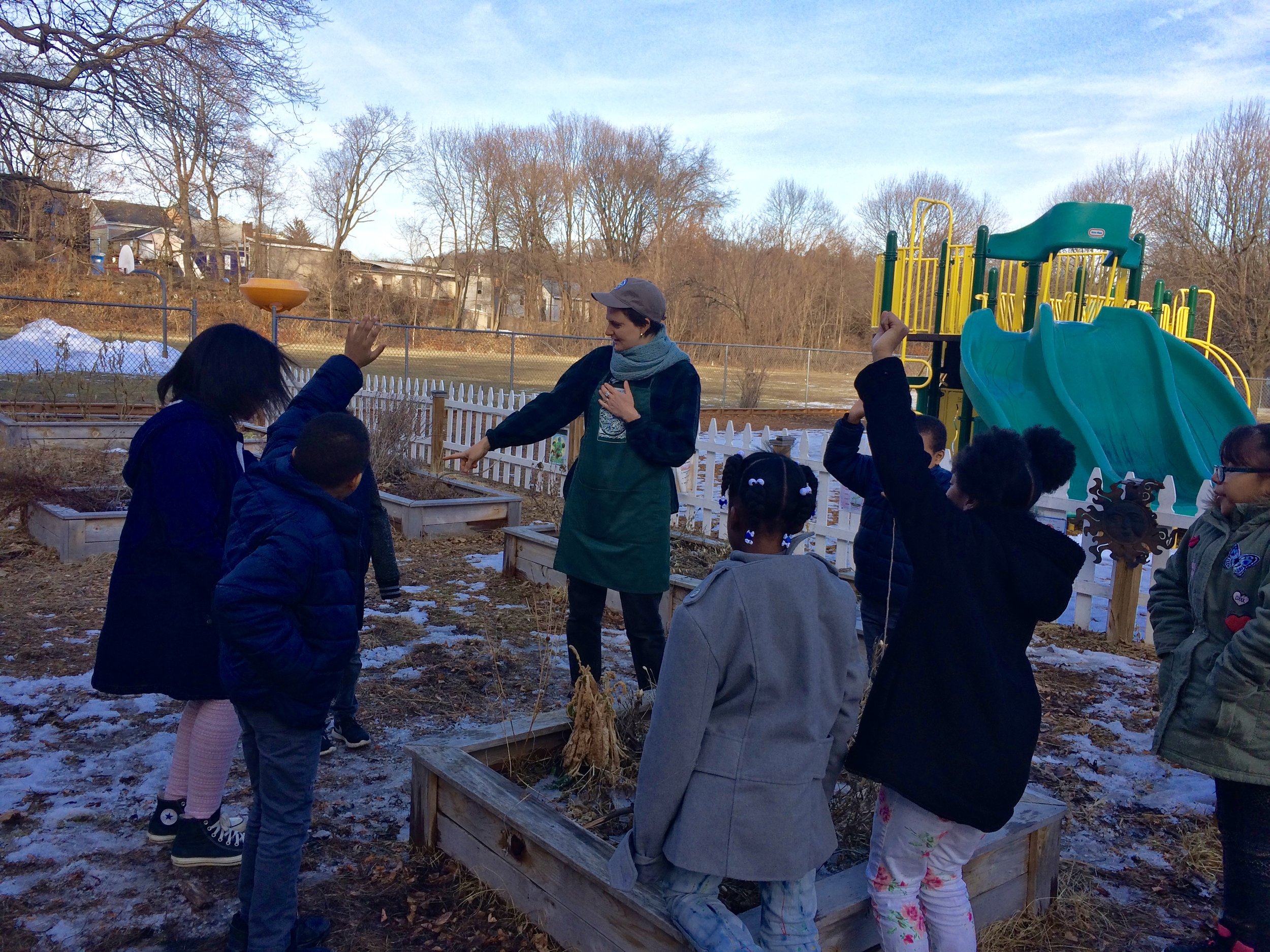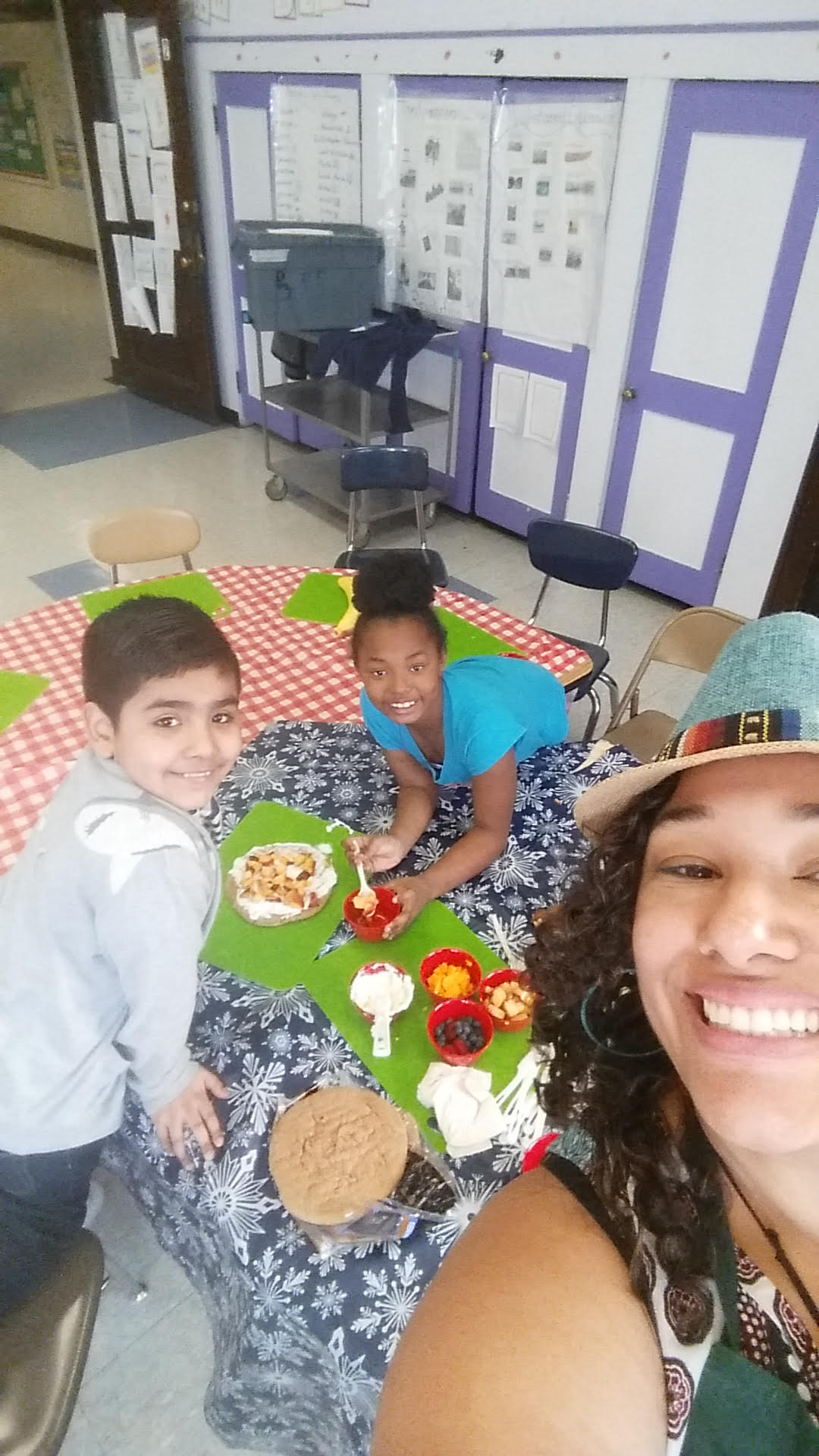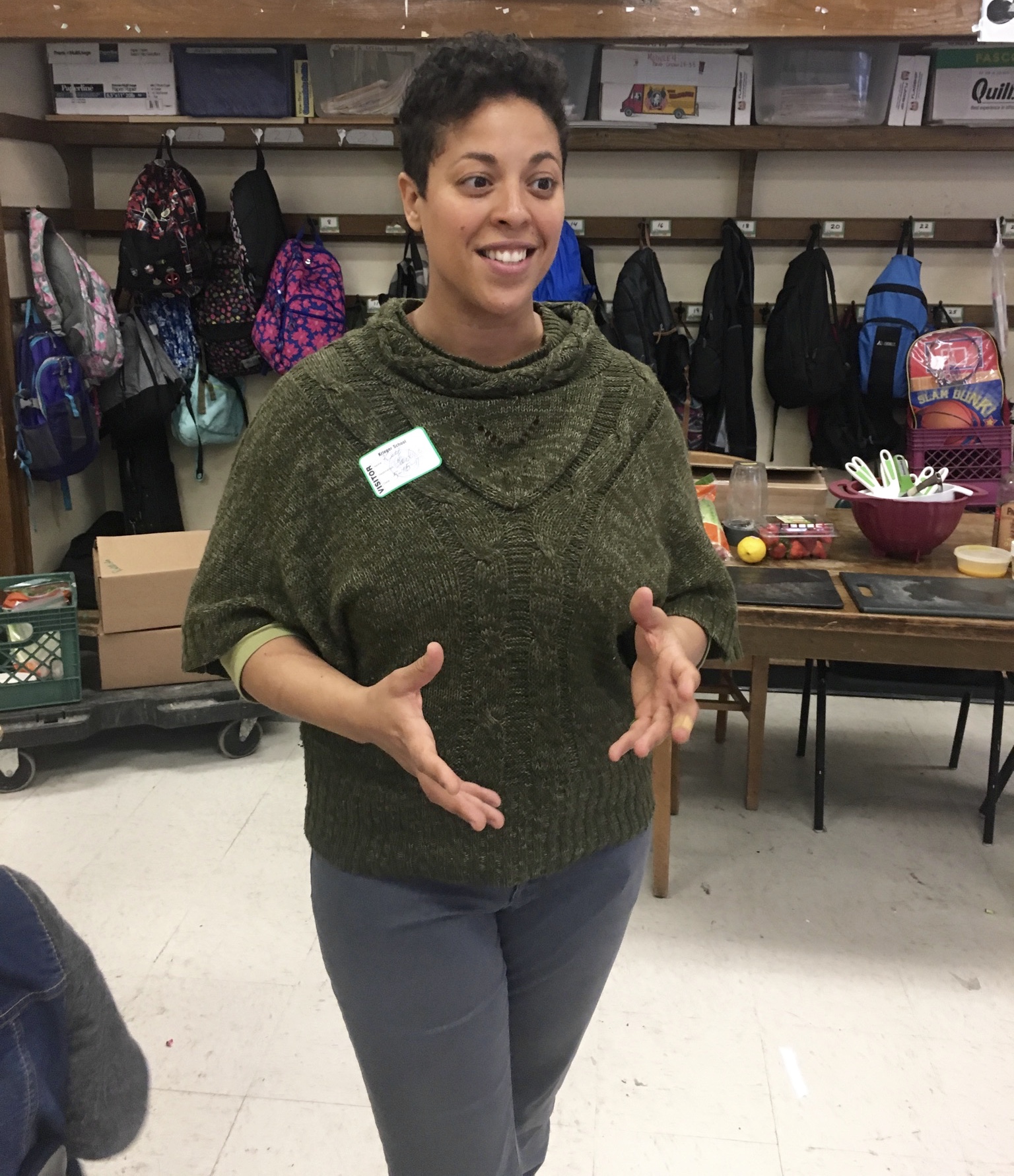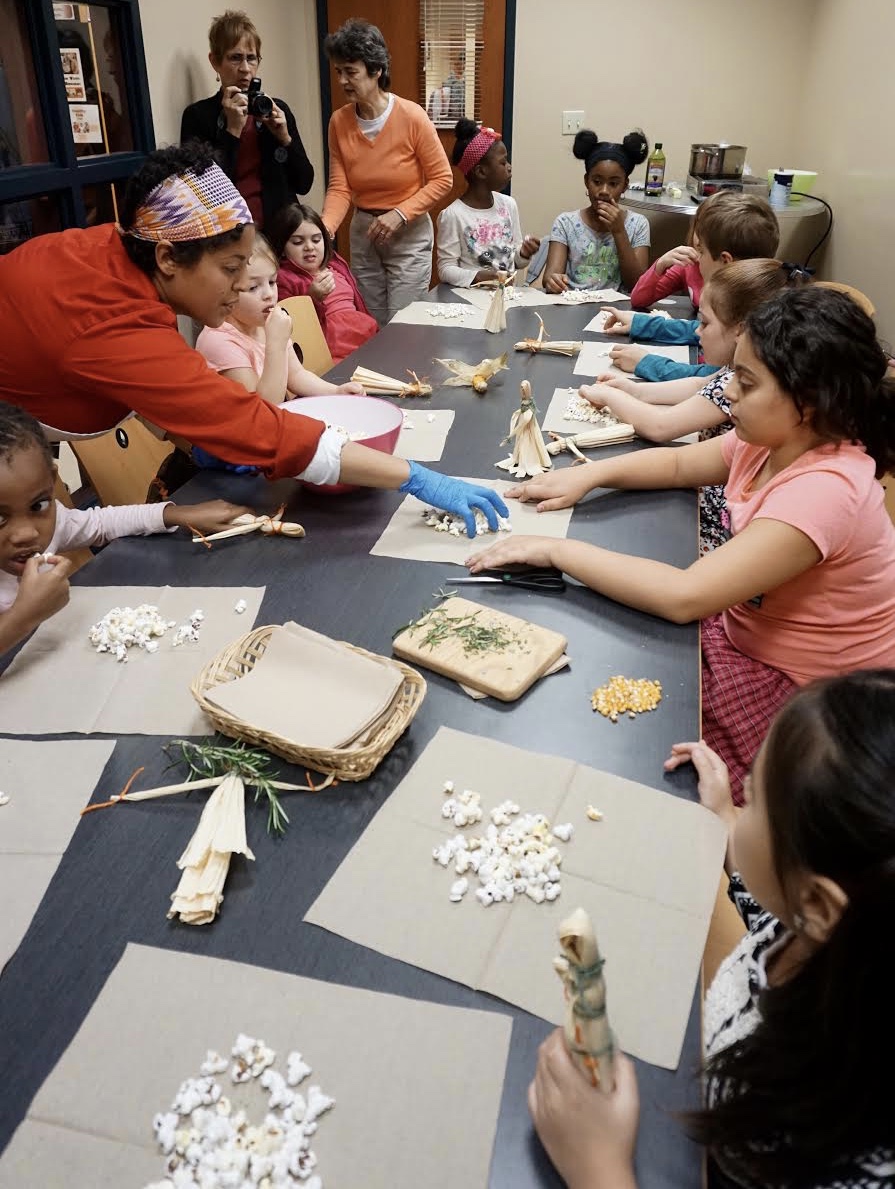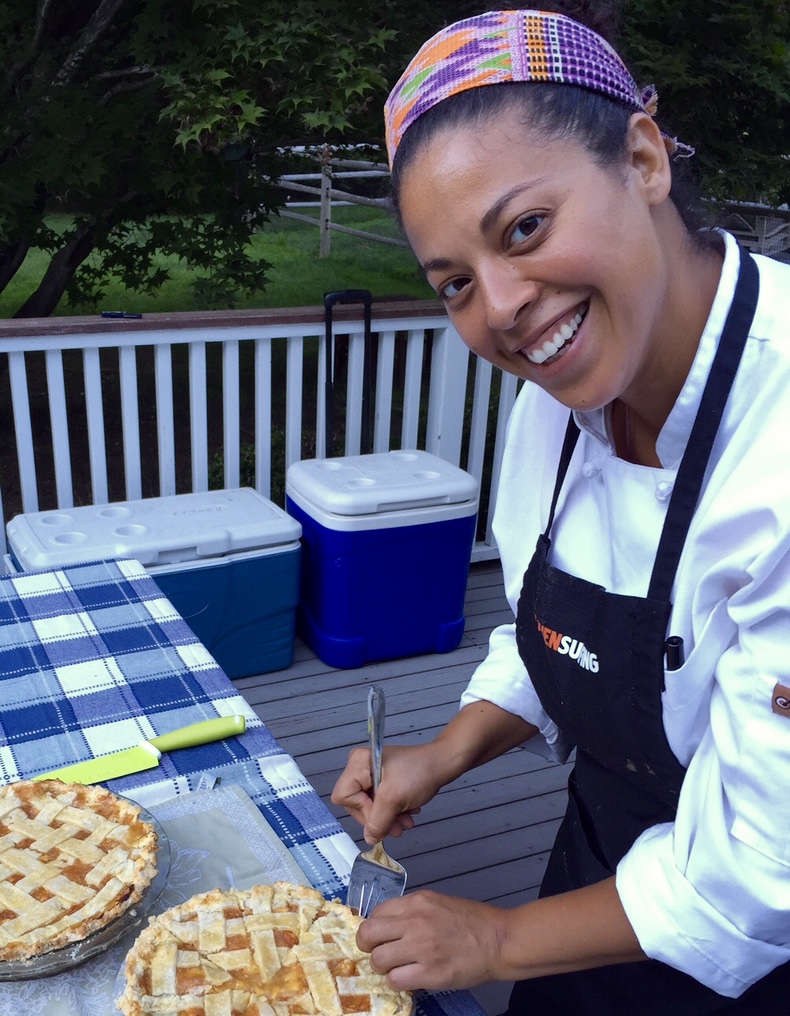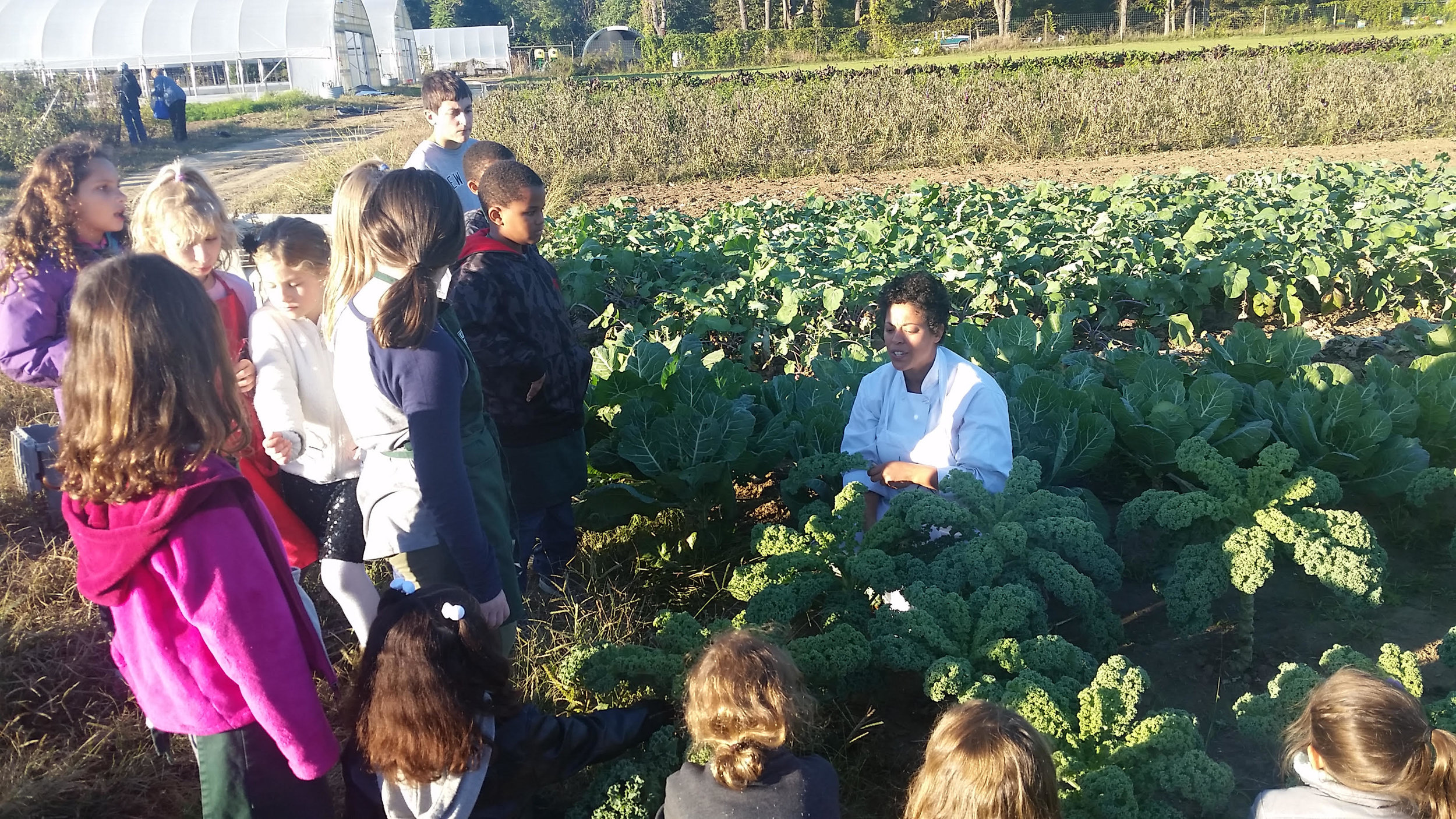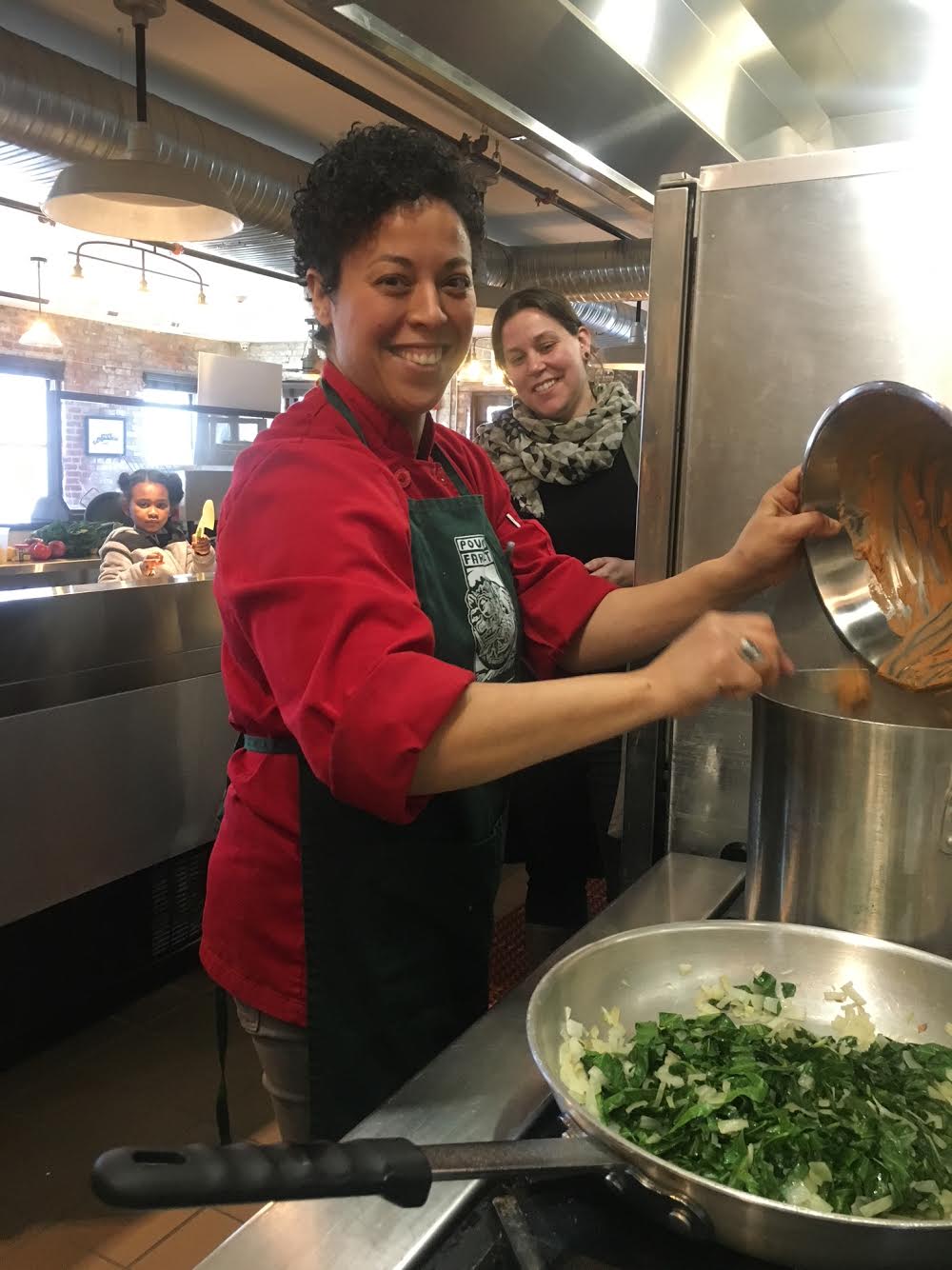Do you need tasty new recipes for your farm-fresh produce?
We are thrilled to offer FREE cooking demonstrations and tastings at the Dutchess Outreach Fresh Market every Wednesday (11:30-1:00) when it stops at the Family Partnership Center, 29 N Hamilton St, Poughkeepsie.
The Dutchess Outreach Fresh Market distributes local, farm fresh fruits and vegetables to residents of the City of Poughkeepsie. The goal of the mobile market is to provide affordable, healthy food access to everyone, regardless of social status or income. The market operates from June-November making stops throughout the city of Poughkeepsie and accepts all forms of payment, including food assistance benefits like SNAP/EBT and WIC Farmers’ Market Nutrition Program Checks from Seniors and Mothers with Infant Children.
Market Stops:
MONDAYS 3:00 PM–6:00 PM The Poughkeepsie Waterfront Market at the Mid-Hudson Children’s Museum, 75 N. Water Street Poughkeepsie. Market runs June - August. All other stops are open into November!
EVERY WEDNESDAY 11:30AM–1:00 PM Family Partnership Center 29 North Hamilton Street, Poughkeepsie.
1ST AND 3RD WEDNESDAY 1:30 PM–3:00 PM Maplewood 475 Maple Street, Poughkeepsie Westbound Arterial
2ND AND 4TH WEDNESDAY 1:30 PM–3:00 PM Benny’s 10th Inning, (Benny’s Parking Lot) 4 Lincoln Avenue, Poughkeepsie, New York 12601
EVERY WEDNESDAY 3:30AM–4:30 PM Adriance Public Library 93 Market Street, Poughkeepsie
THURSDAYS 12:00 PM–1:30 PM Interfaith Towers 66 Washington Street, Poughkeepsie
THURSDAYS 2:00 PM–3:30 PM Wildcard Stop Follow @DutchOutreach on Twitter to find out where they’ll be!















